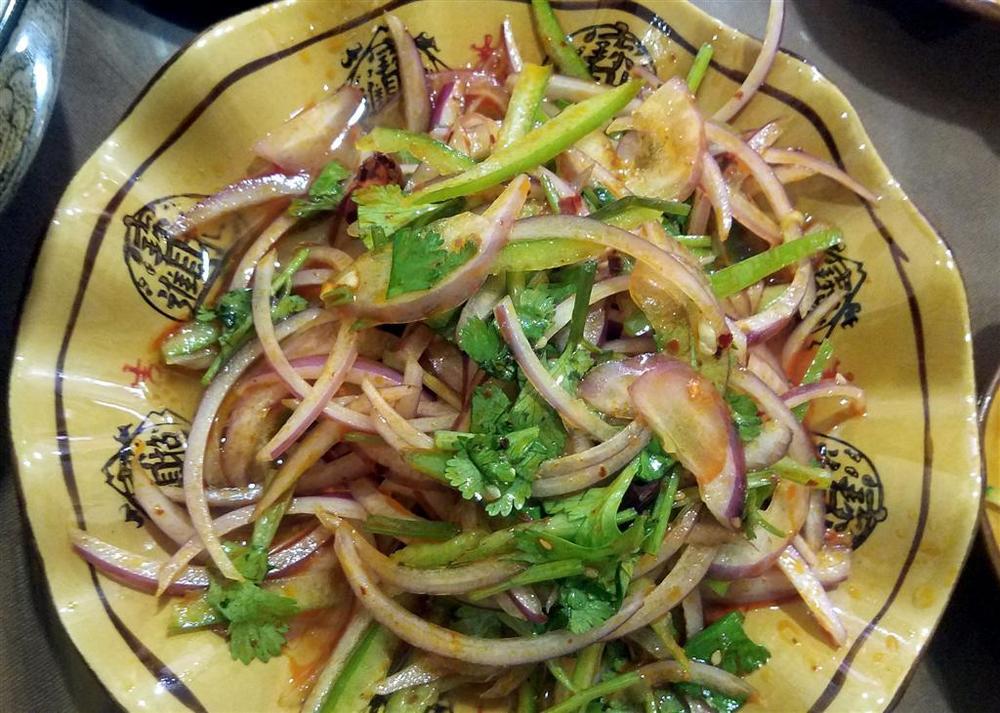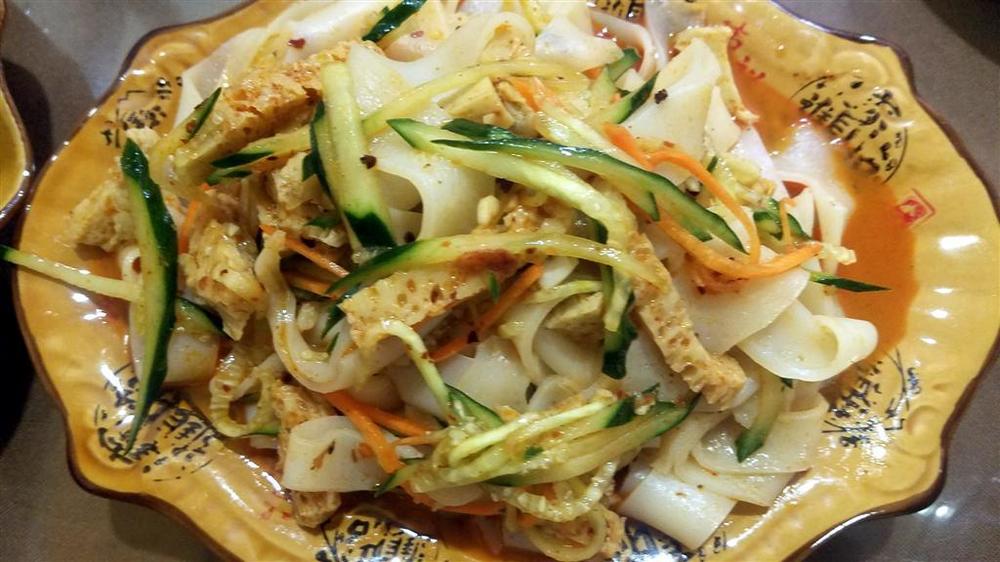-
Posts
16,756 -
Joined
-
Last visited
Content Type
Profiles
Forums
Store
Help Articles
Everything posted by liuzhou
-
-
-
Yes, Xi'an has a large Muslim minority population which, of course do not eat pork, but instead use mutton or beef. Beef jiamo are common there. I've never heard of the beef in raw dough, though. There is more information and a recipe for beef jiamo on this topic.
-
For me, that sums up Jamie Oliver.
-
SATURDAY LUNCH After another hotel breakfast, lunch was at the "another friend"'s home with the same group of people at last night's hotpot plus "another friend"'s husband. "Another friend"'s mother-in-law made the statutory oil tea while "another friend" cooked lunch. A very typical, simple, but delicious family lunch. Scrambled egg with garlic scapes Eggplant with pork and bacon Bean curd skin with ham Celtuce with heavily smoked ham - my favourite All with rice. Then we ate oranges from mother-in-law's orange groves. Then I set off for the station and home.
-
DINNER FRIDAY Dinner on Friday was more of a family affair. One of the people in my client company and the one who introduced me to the company in the first place, is also an old friend. So, I had dinner with her, her husband and just-teenage daughter as well as another friend. We chose this place which was conveniently right next door to my hotel. A "hot ticket" in town I was told and I believe it. It is an up-market Sichuan hotpot restaurant. We arrived at 7 pm and it was just beginning to fill up. Bright young things. Family groups. Loving couples. All sorts. By 8 it was rocking! 3 Generations Of course, we weren't here to discuss the clientèle, but to get our fill. As soon as we were seated we were presented with this. Even the non-spicy side would be considered spicy by many. The spicy side is incendiary. We then collected things on sticks of our choice and parked them on the convenient stick parking thing at the side of out table. Batch 1 - far from the last! then they go into the boiling dual stocks. Pig Offal on Sticks So you want to know what's on the sticks? Are you sure? Various bits of pig offal - intestines, liver, bits neither you or the pig knew it had. Best not to know! Here are a few. By this time we were living in a micro-climate of chilli-laden steam so the pictures aren't as clear as I would like. Celery wrapped in pork. Enoki mushrooms wrapped in pork Quail egg on a stick In case things aren't hot enough for you. Pickled chilli wrapped in pork and cooked in the hot side of the pot. Pickled chilli stick and pig's blood. This we washed down with the local beer, Liquan. This particular line, 1998, was brewed to commemorate Bill Clinton's visit to the city in the said year. Finally, we were stuffed and requested the bill. This is calculated by the number of sticks you have in your stick bin. The various skewered items were on one, two or three sticks depending on price. Non-skewered items such as the pig's blood were priced by colour-coded plates - Sushi conveyor belt style. And so to bed. Next morning, I woke with chilli and Sichuan peppercorn still oozing from every pore! But a lovely meal.
-
FRIDAY LUNCH For lunch an associate and I headed to the local university area and a nearby street full of small restaurants mainly aimed at the student market. We were on a quest to a tiny restaurant called 老陕西 (lǎo Shǎn xī). Old Shaanxi, Shaanxi being the province which is home to the Terracotta Warriors near Xi'an. Alongside students, we ate Liangpi (凉皮 (liáng pí)) or 'cold skin. This is a type of noodle made from beans rather than rice or wheat. A Shaanxi special. We also had a couple of roujiamo, but I had a photography failure, which I'm going to blame on the poor light, so no picture of them. My Chinese companion, who had never eaten this food before, was convinced we had not ordered enough, but ate his jiamo and was unable to finish the liangpi. Here is roujiamo from another restaurant. The ones we ate were near identical.
-
It's not common, but I've seen before. Definitely a "thing". They can be filled with anything. I've even seen ice-cream jiaozi!
-
FRIDAY BREAKFAST I took myself to a local breakfast noodle place. Well, actually it sells noodles all day. I skipped past the ubiquitous Guilin Rice Noodles, the city's speciality and chose 猪粉 zhū fěn, or 'pig noodles'. This would not be most people's first, or even last, choice, but it suited me just fine. Rice noodles in broth with bits of pig: regular meat, liver and various unidentified frying objects. Delicious. While I was eating, I was visited by this young lady, who was more interested in my camera than me!
-
DINNER THURSDAY This I had in a tiny two table 快餐 kuài cān place half way between my client's offices and my hotel. Real office workers' food. 快餐 kuài cān means 'fast food'. Lion's Head Meatballs, Morning Glory, Chicken soup (in pot top-L), Pickles and Chilli Cheap, Delicious and Sustaining.
-
Thursday, I had a non-descript breakfast in the hotel. Boiled eggs and steamed bread. Lunch was in a jiaozi café near the offices of my clients. LUNCH THURSDAY L - Scrambled Egg and Chinese Chive Jiaozi; R - Pork and Shiitake Jiaozi Pork and Cabbage Jiaozi L - Mixed Wood Ear Fungus; Top R - Chinese Sea Grass; Lower R - Century Eggs in Spicy Sauce.
-
DINNER WEDNESDAY I had dinner in a restaurant next door to the lunch venue earlier. We started with a meatball and poached egg soup. This is the first time I've ever encountered poached eggs in a Chinese restaurant or home. Friends have always been surprised and intrigued by the concept. Just a couple of weeks ago I was asked to teach a young friend how to do them. Poached Egg Grilled seafood - Shrimp and Green-lipped Mussels with Garlic Roast Chicken - the House Specialty Spicy Tofu but not Mapo flavours. Steamed Fish with Noodles
-
I have just returned home after four days (three nights) in Guilin. This was a business trip, so no exotic tales this time. Just food. Anyway, despite its reputation, Guilin is actually a rather dull city for the most part - anything interesting lies outside the city in the surrounding countryside. I was staying in the far east of the city, away from the rip-off tourist hotels and restaurants and spent my time with local people eating in normal restaurants. I arrived on Wednesday just in time for lunch. LUNCH WEDNESDAY We started with the obligatory oil tea. Oil Tea Omelette with Chinese Chives Stir-fried Mixed Vegetables Sour Beef with Pickled Chillies Cakes* Morning Glory / Water Spinach** * I asked what the cakes were but they got rather coy when it came to details. It seems these are unique to this restaurant. ** The Chinese name is 空心菜 kōng xīn cài, which literally means 'empty heart vegetable', describing the hollow stems.
-
In addition to being fed, we were all presented with various snack items including this Luosifen Mooncake! So far, so good, but then I took one for the team and cut it in half. What imbecile thought this would be a good idea? Taking a heavy, over-sweet cake and stuffing it with spicy, intensively flavoured, sour noodles! Worst thing I've eaten in 23 years in China and, believe me, there has been competition! It tasted even worse than it looked! Most of my local friends who have eaten or just seen them agree it's insane. And mooncake time is still 6 months away!
-
In the countryside, many of the Zhuang, Miao, Dong, Yao ethnic minority wear these clothes every day, especially the women. In the city not so ,much apart from festive occasions. They are not handed down. The silver headdresses are made for each unmarried woman to wear. When they marry, they stop wearing them. eventually the silver may be sold and melted down. They are very expensive and so, form part of a "dowry". There is more information on this in this topic. The three girls here are local actresses/models, hired for the event to be "cuties". Many people had photographs taken with them. The one on the right is well-known in the city. I have seen her often. The one on the left scowled like that all the time. They are wearing examples of a fashionable trend imported from Japan for "cosplay". I administer a Facebook group on Luosifen and I know through that that the instant Luosifen is available in the USA, Canada, UK etc. although probably not widely. Huge efforts are being made to export it. The instant noodles aren't very good (although the ones at the event were better than average. Few people in Liuzhou eat them. Why would they when real fresh Luosifen is available everywhere and a much lower cost? People do buy them to send to relatives abroad who are missing the dish. Better than nothing, they say.
-
The government pays, so taxes mainly. They see it as promoting the city for tourism. Also, I guess the food suppliers contribute for the publicity. Tickets were available for purchase, theoretically, but 99% probably got them free. I certainly did!
-
There are more photographs and a couple of short videos here.
-
It is not usually served with the snails. They are just used for the stock, In fact, I only know of one place in town which incudes the actual snails with the noodles.
-
Tooth picks.
-
Yes, they were. Except for the noodles. They required 20 minutes soaking in the pot, which included a chemical heat source.
-
Asparagus has become popular in recent years in China to the point that China is by far the world's largest producer. Many people here think it is some form of bamboo though, mainly because the Chinese name is similar to that of bamboo. When I cooked for Chinese friends the other day, they specifically requested asparagus.
-
三月三 (sān yuè sān) is the major festival for the Zhuang ethnic minority, most of whom live here in Guangxi. It takes place on the third day of the third month of the traditional Chinese -solar-lunar calendar and is a public holiday here. To mark the occasion, Liuzhou held a "long table" lunch for 2,000 people, featuring the local speciality - snails, particularly 螺蛳粉 (luosifen) snail noodles. The tables were arranged in a huge circle surrounding the Li Ning Sports stadium, an Olympic sized venue. The locals dressed up in their glad rags. Here are a few images from the event, basically in random order. Instant Luosifen (River snail noodles) Chicken and snails Duck and snails Pork and snails Cooks resting Foreigners and Friends Instant Snail Noodles
- 19 replies
-
- 12
-

-

-
Here they sell the red wine stone cold! But no service charges or tipping!
-
-
Lunch with friends in a local Xi'an restaurant. 干拌臊子面 (gān bàn sāo zi miàn) Spicy Sour Pork Noodles 老虎菜 (lǎo hǔ cài) Tiger Salad 肉夹馍 (ròu jiá mò) 手工凉皮 (shǒu gōng liáng pí) Hand made Liangpi



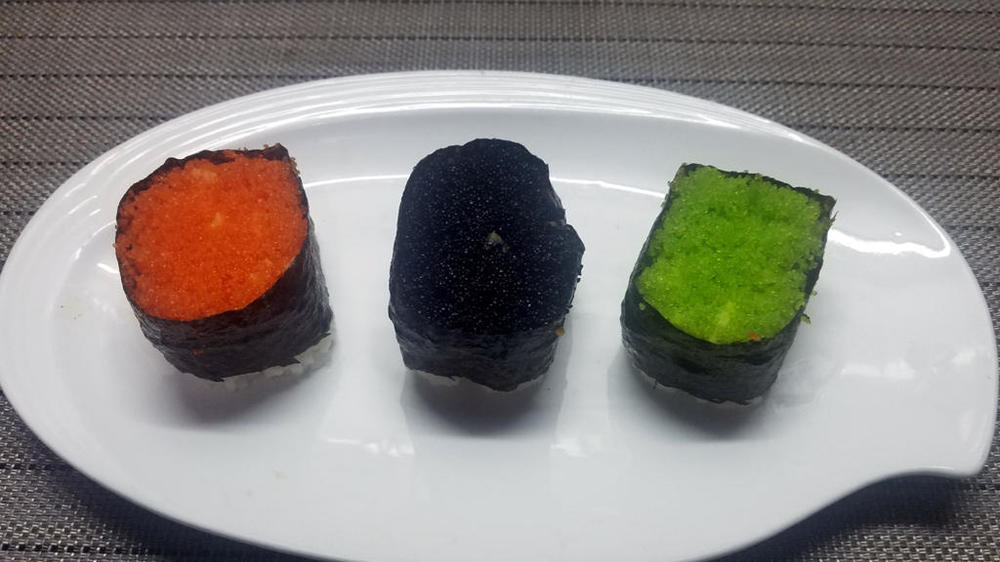

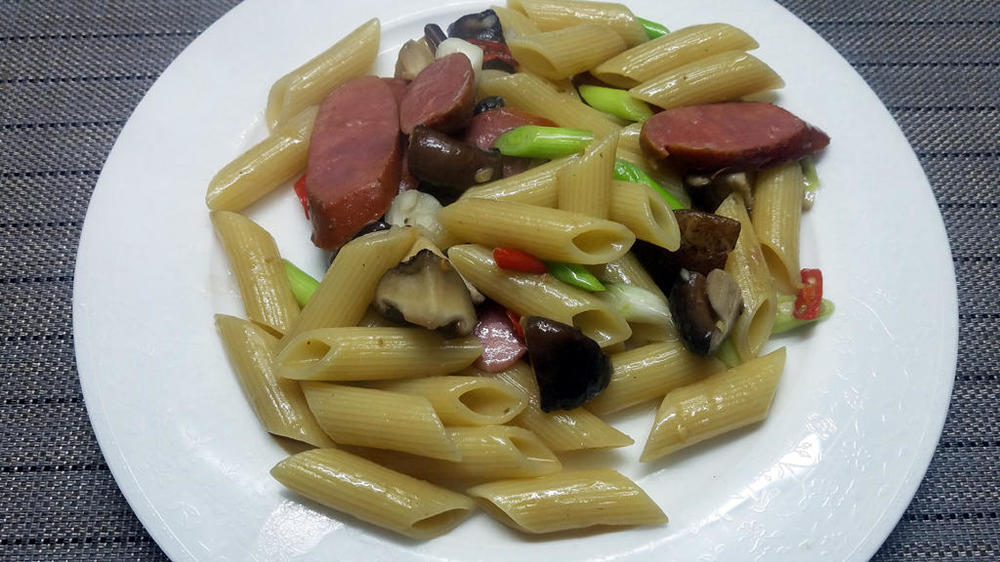

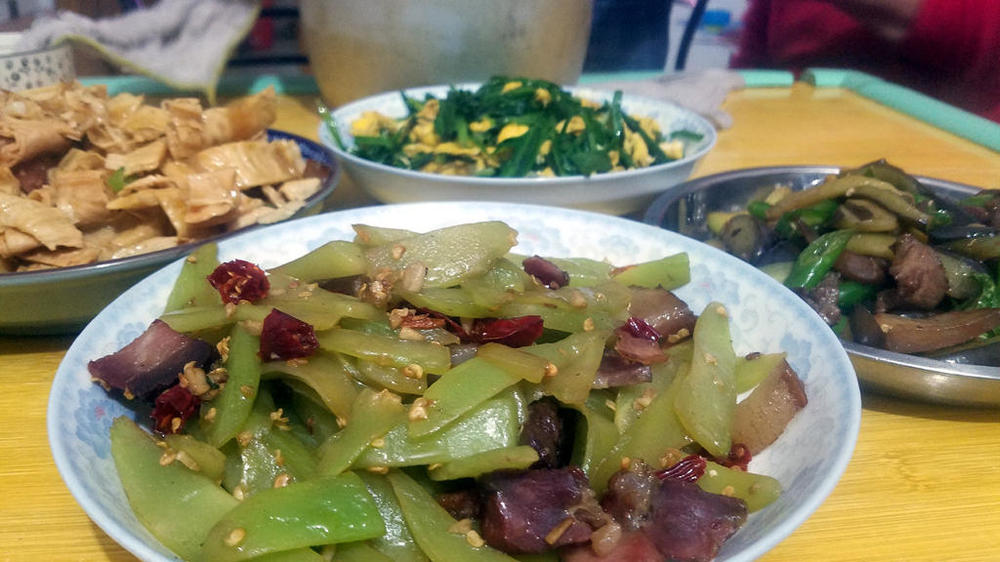
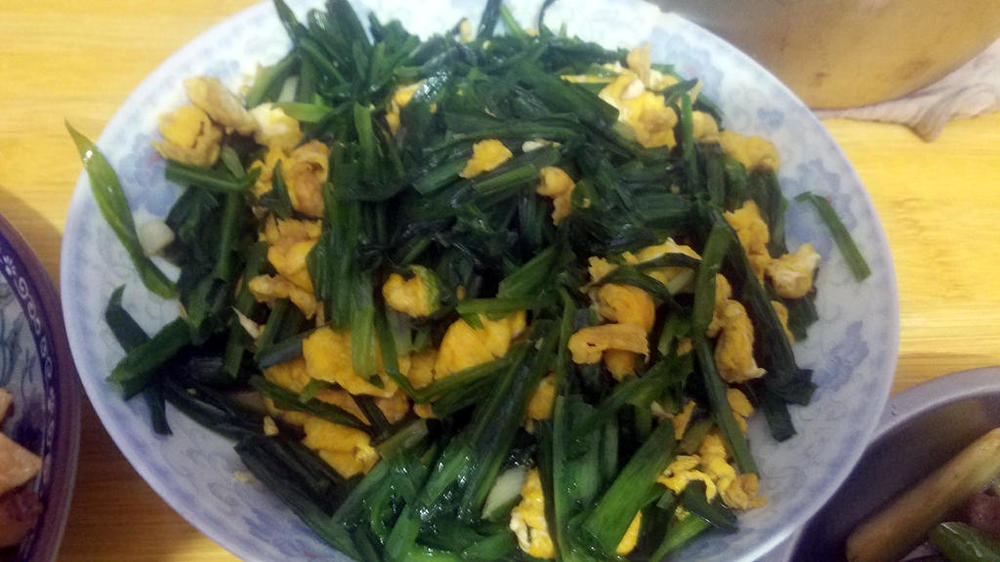
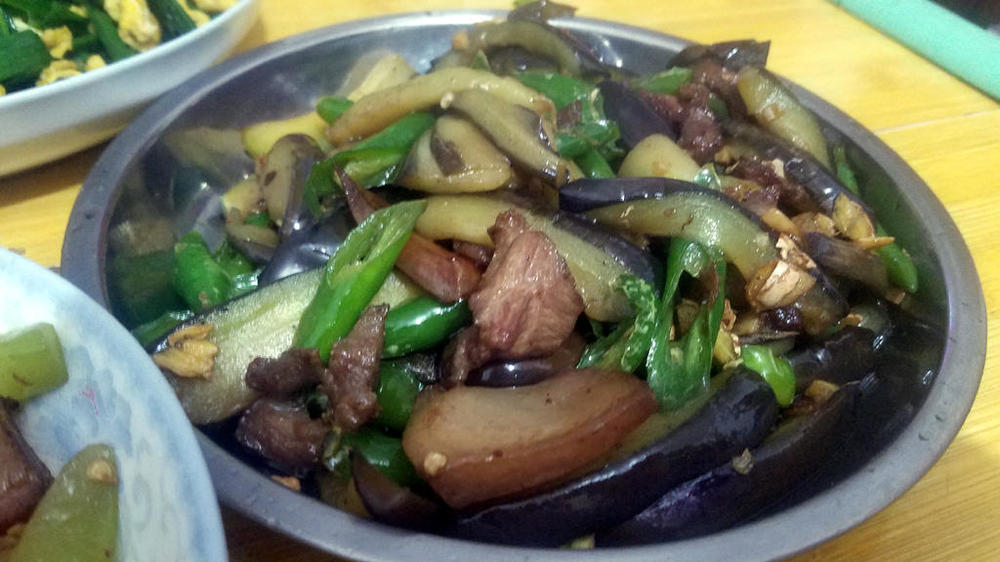
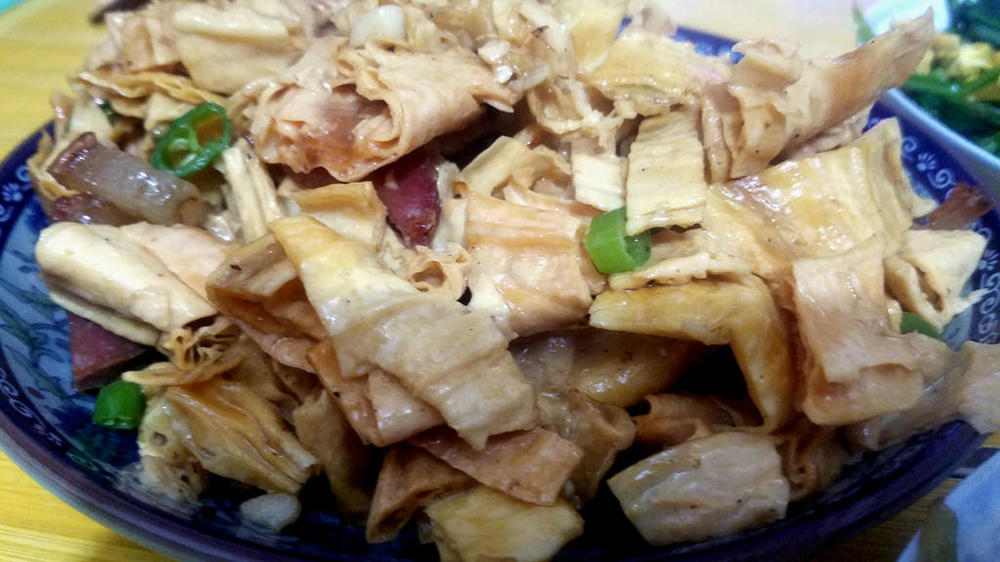
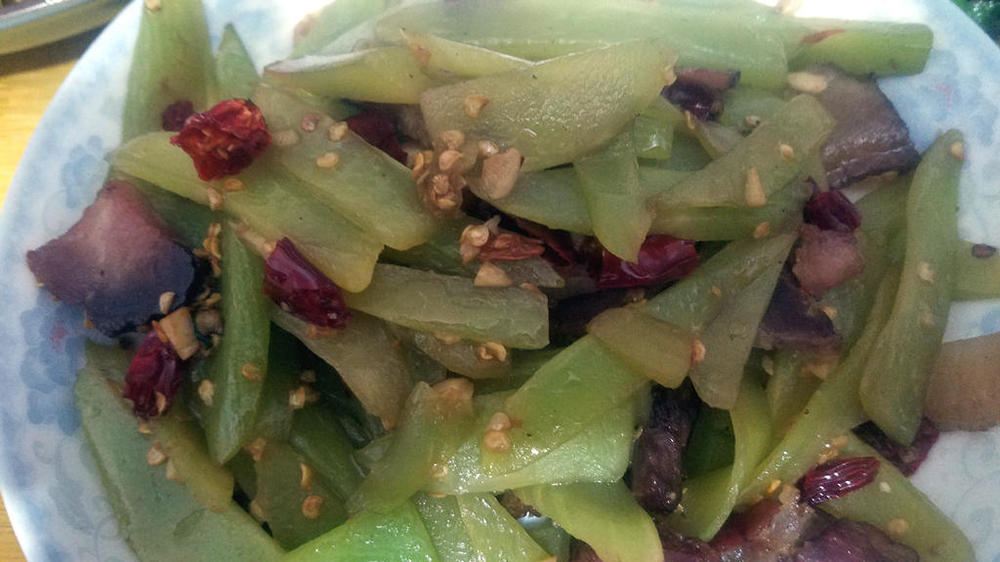
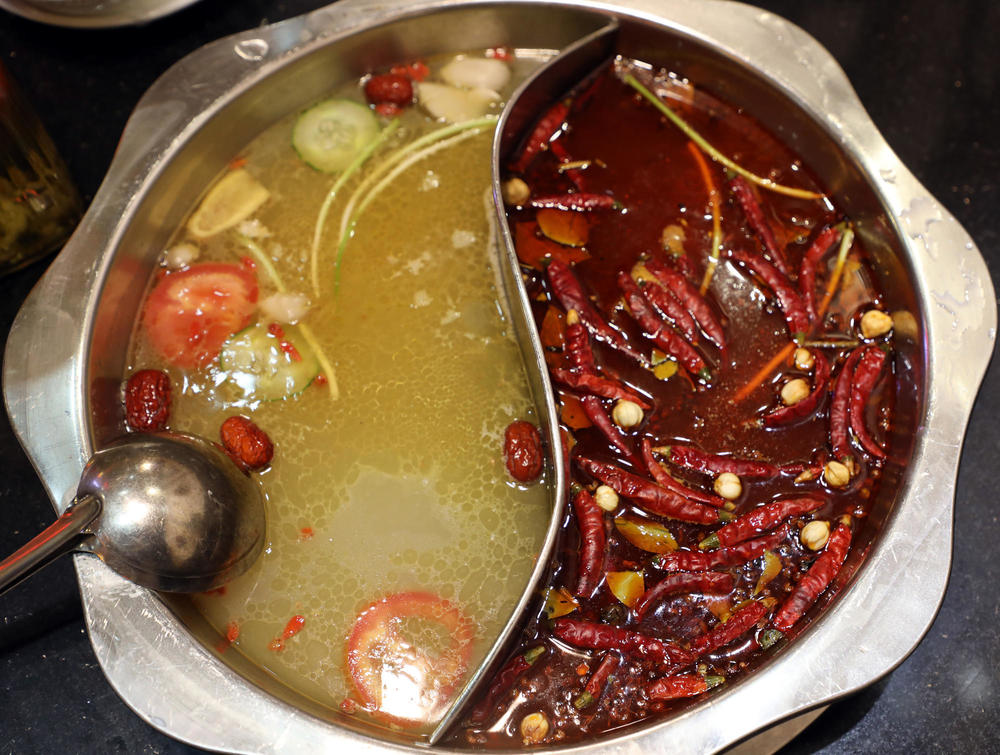
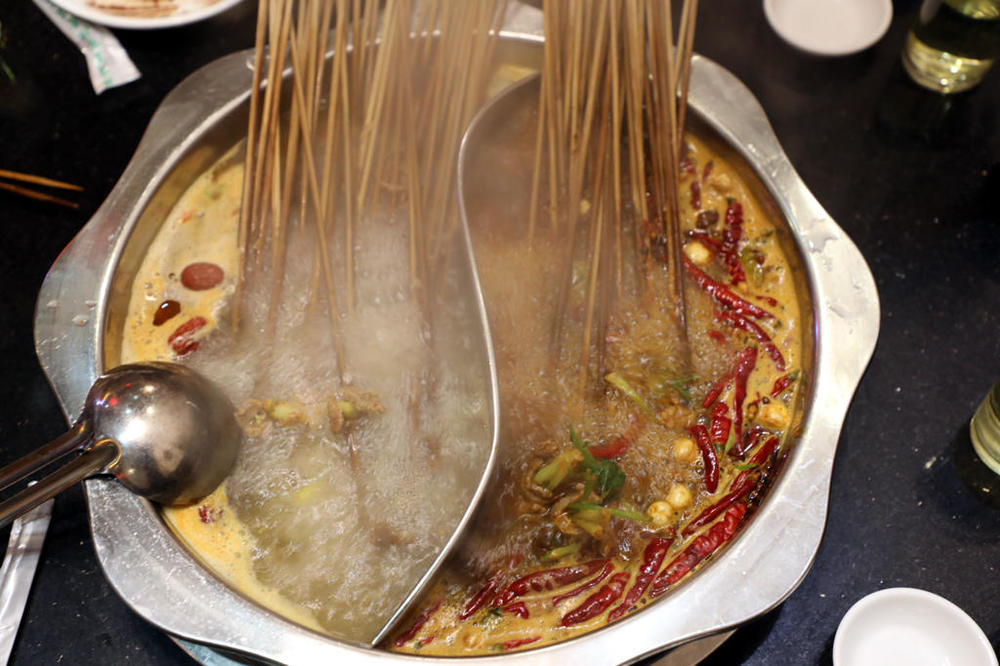
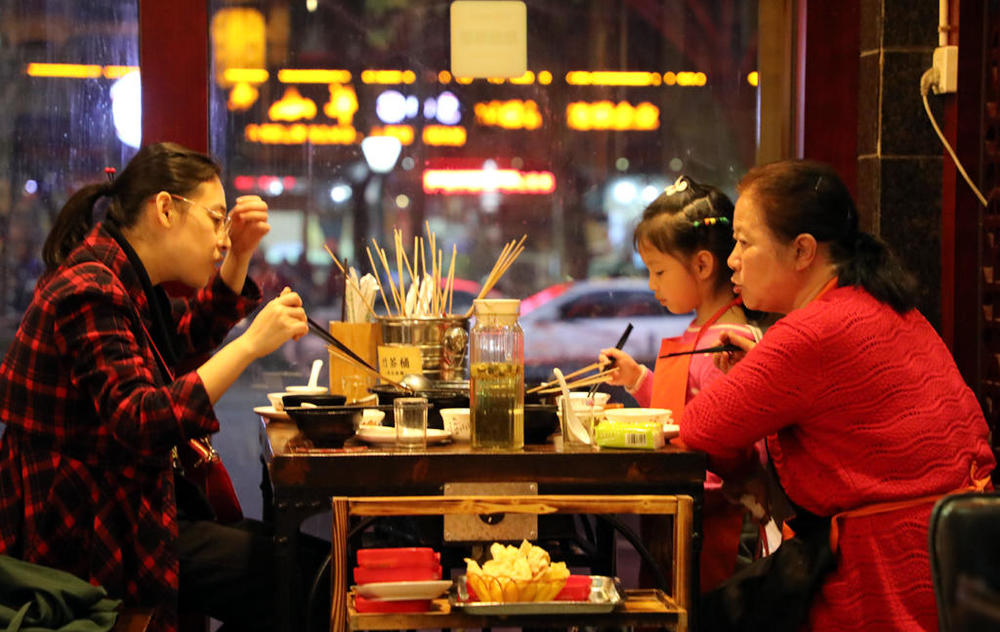
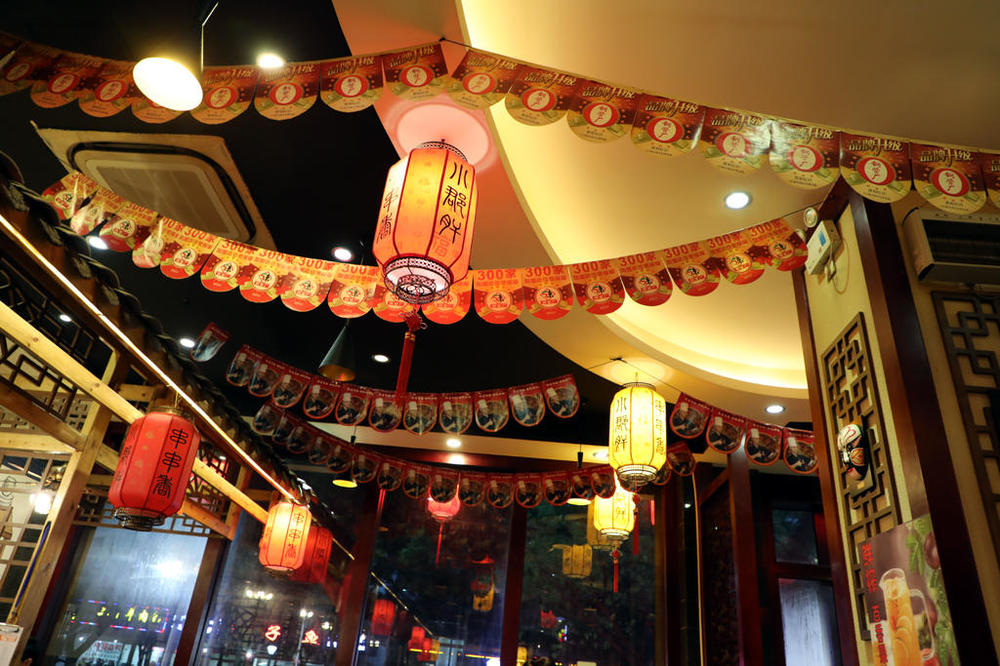
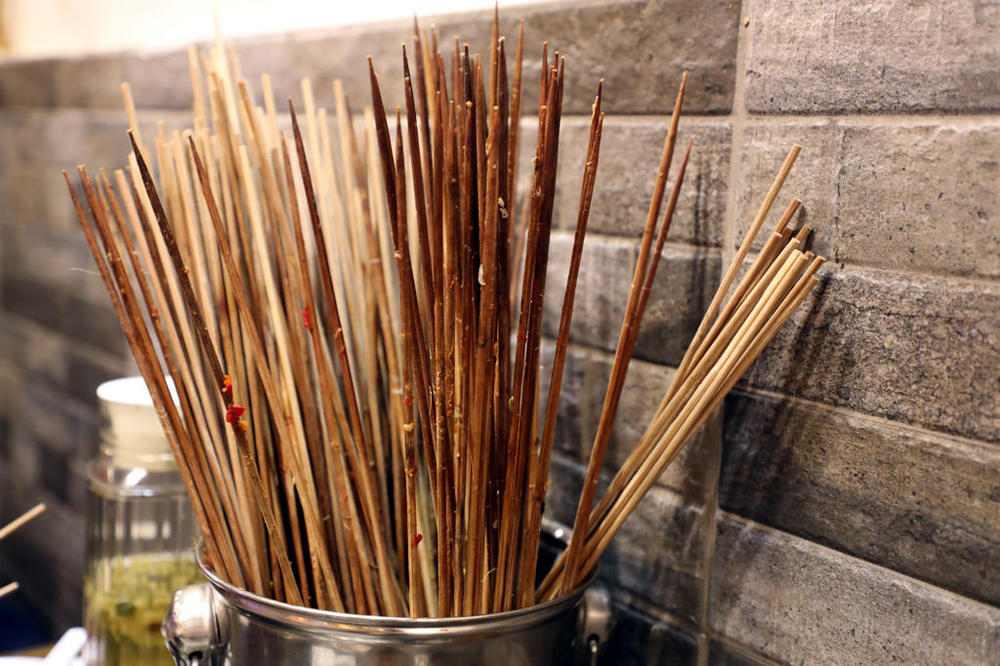
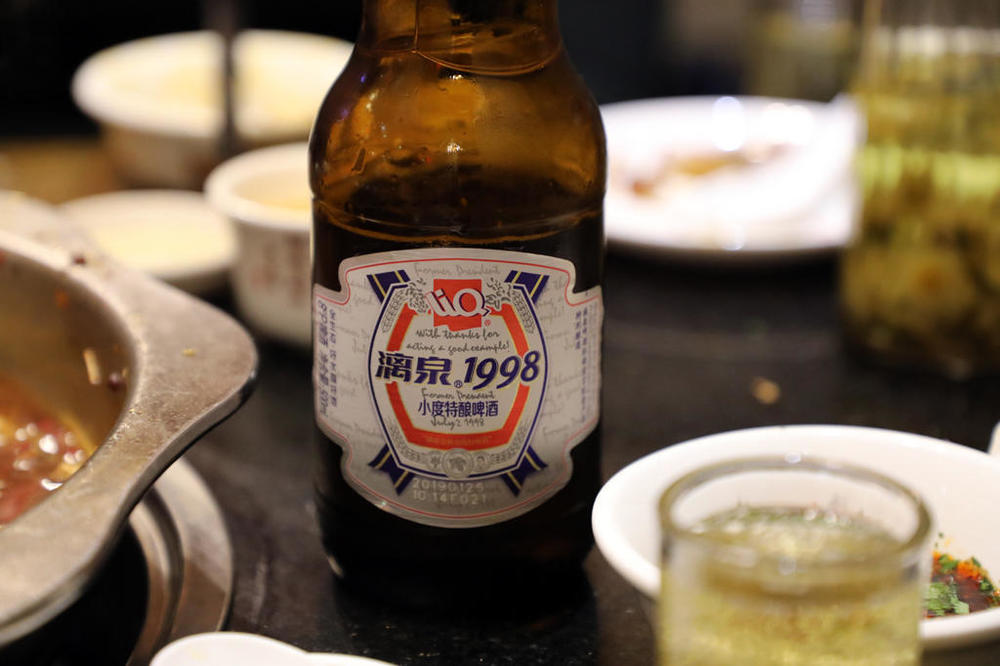
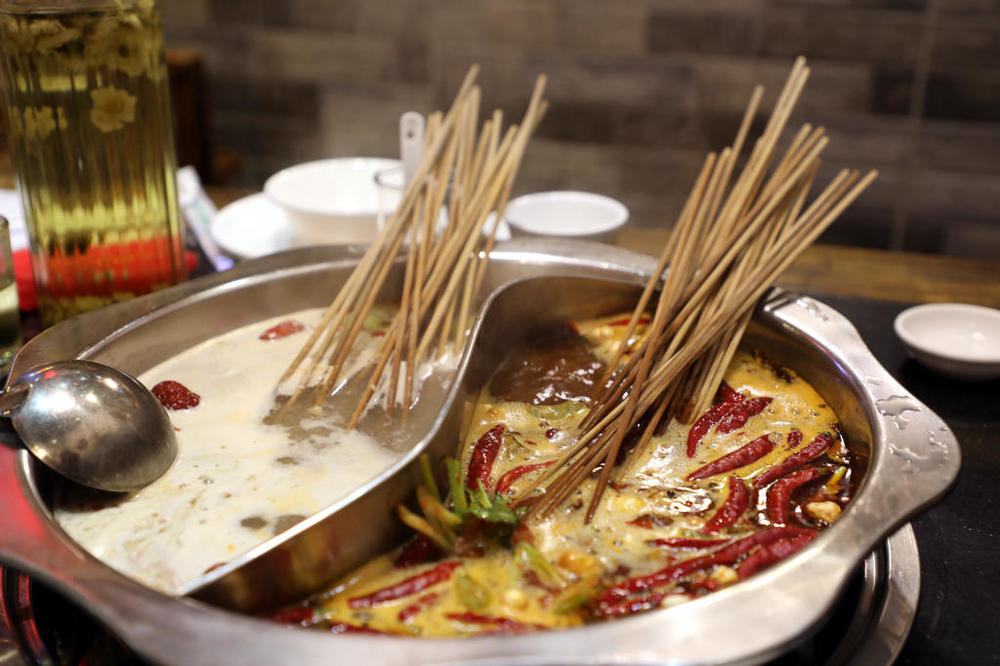
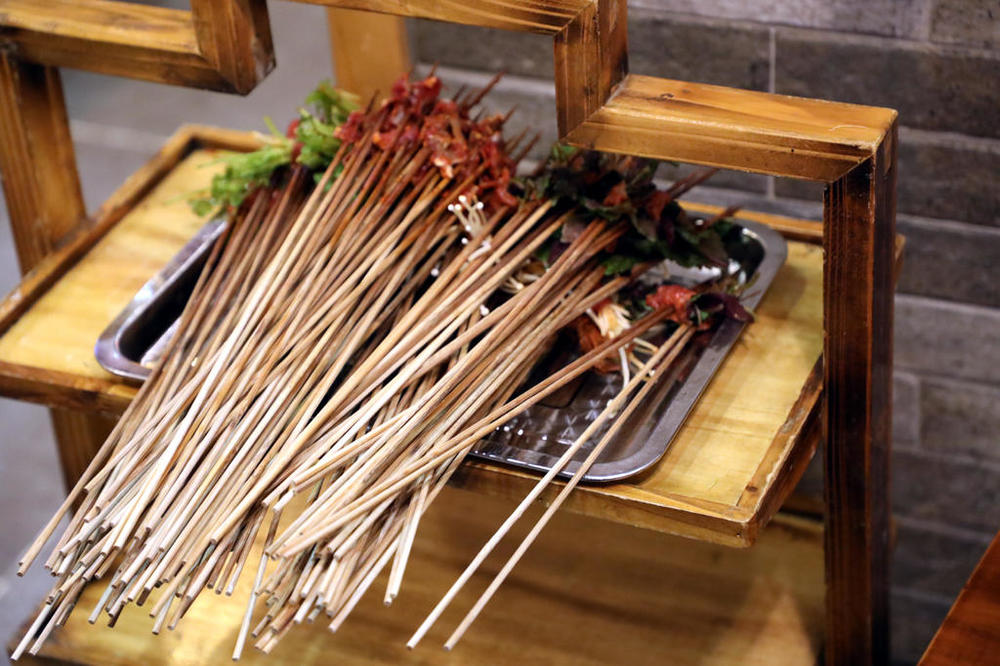
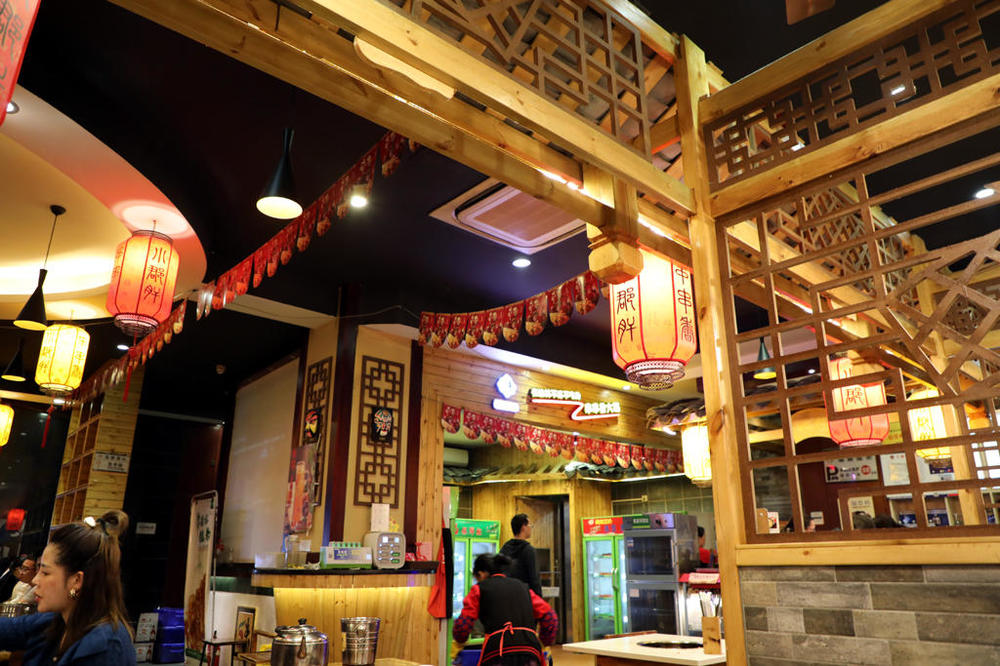
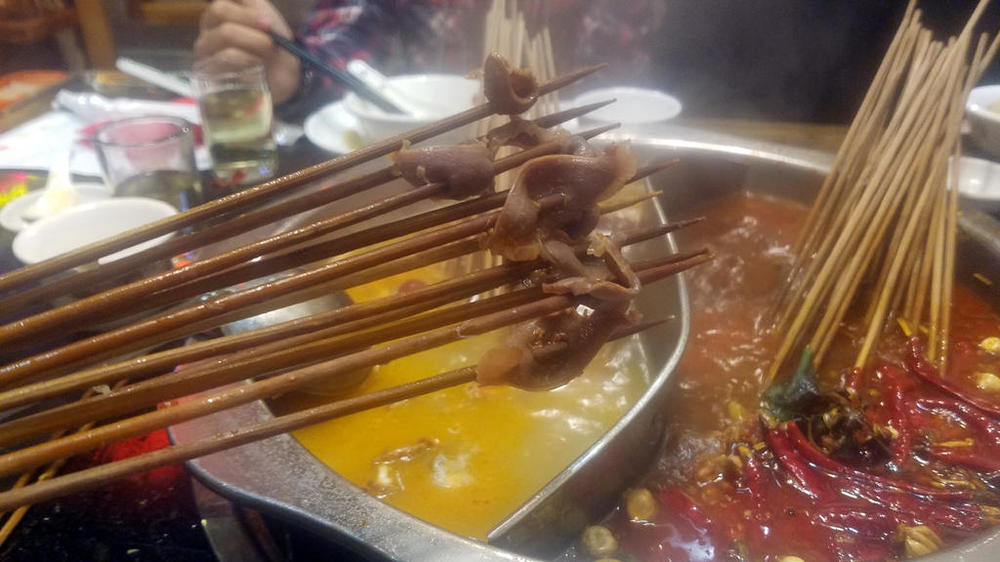
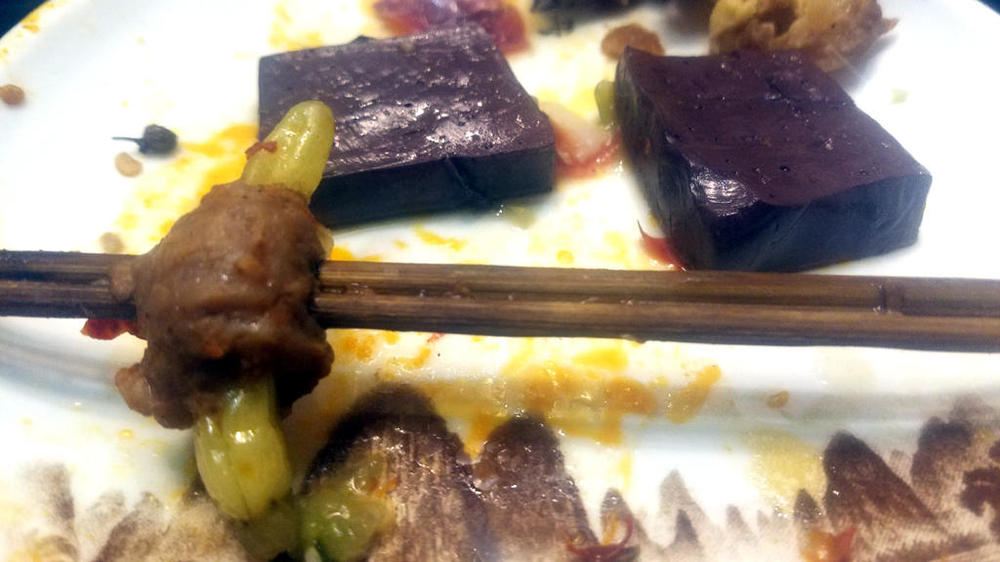

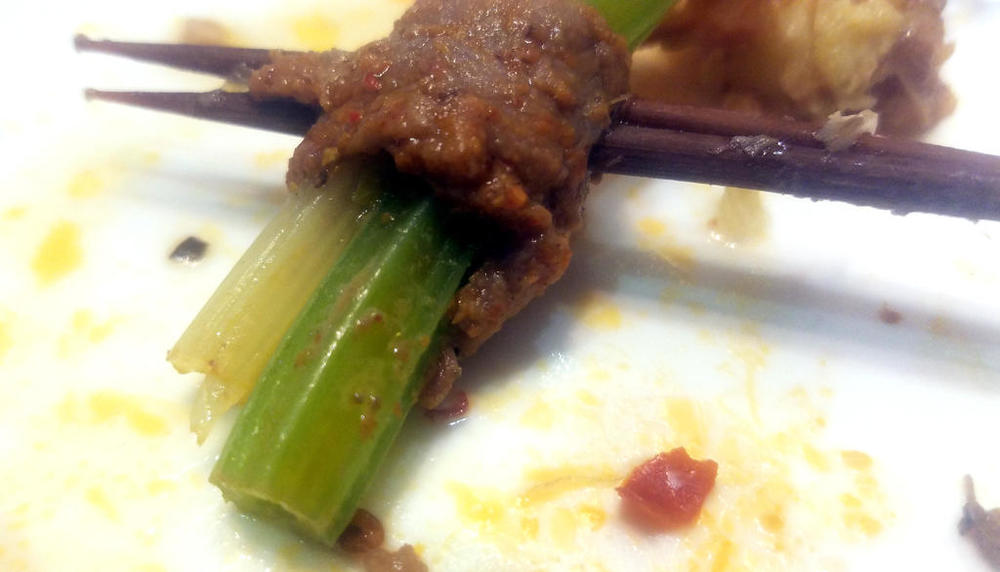

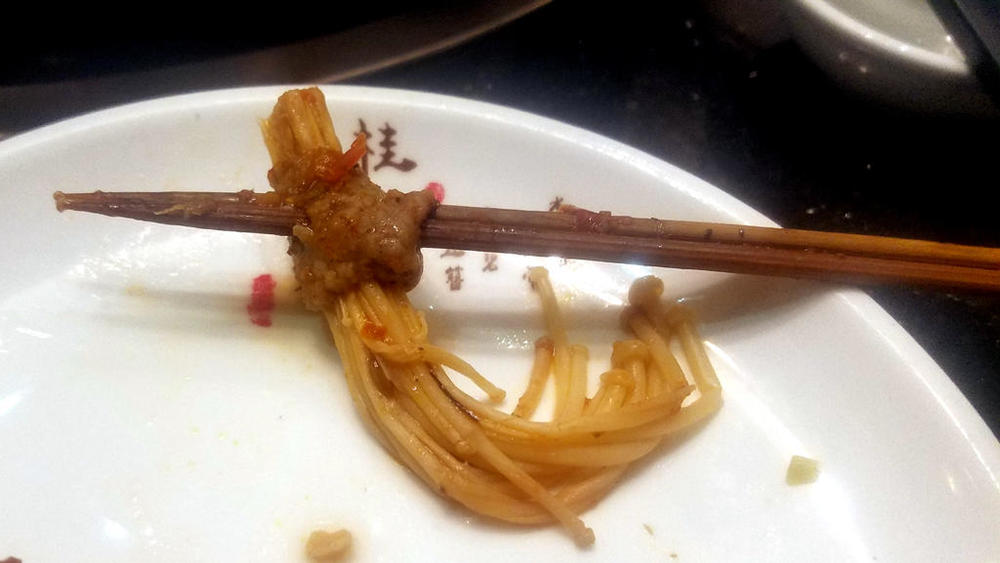
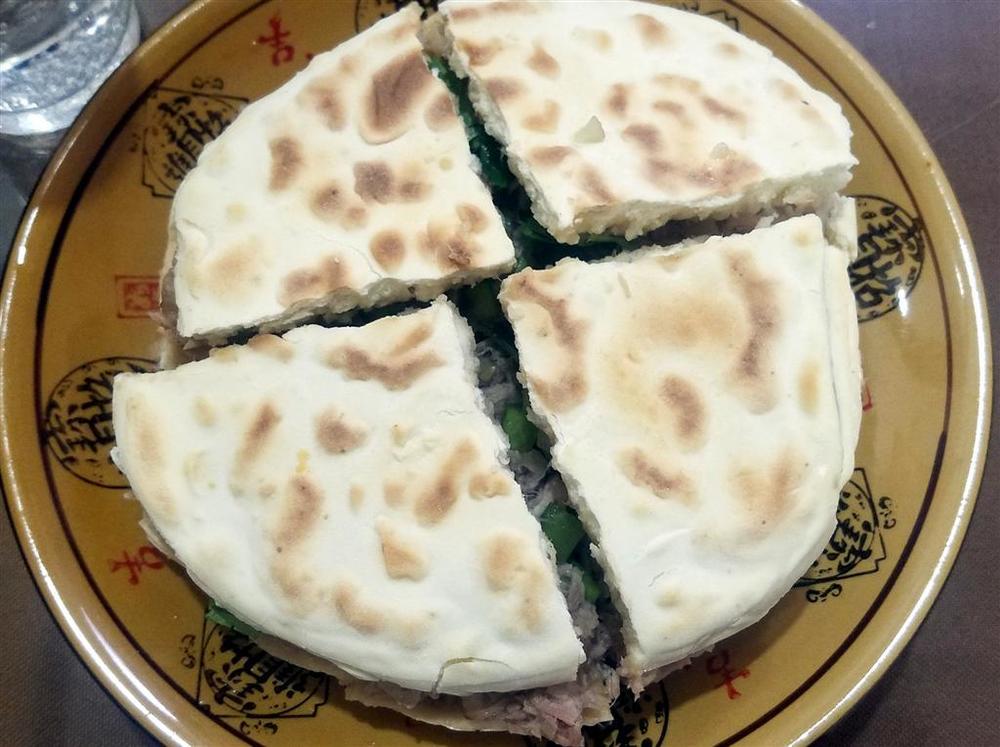
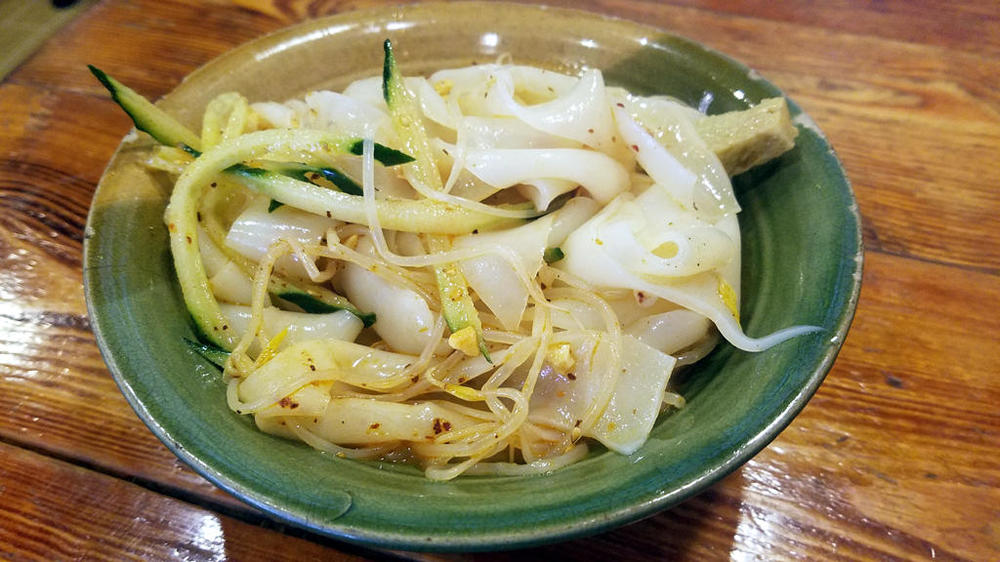
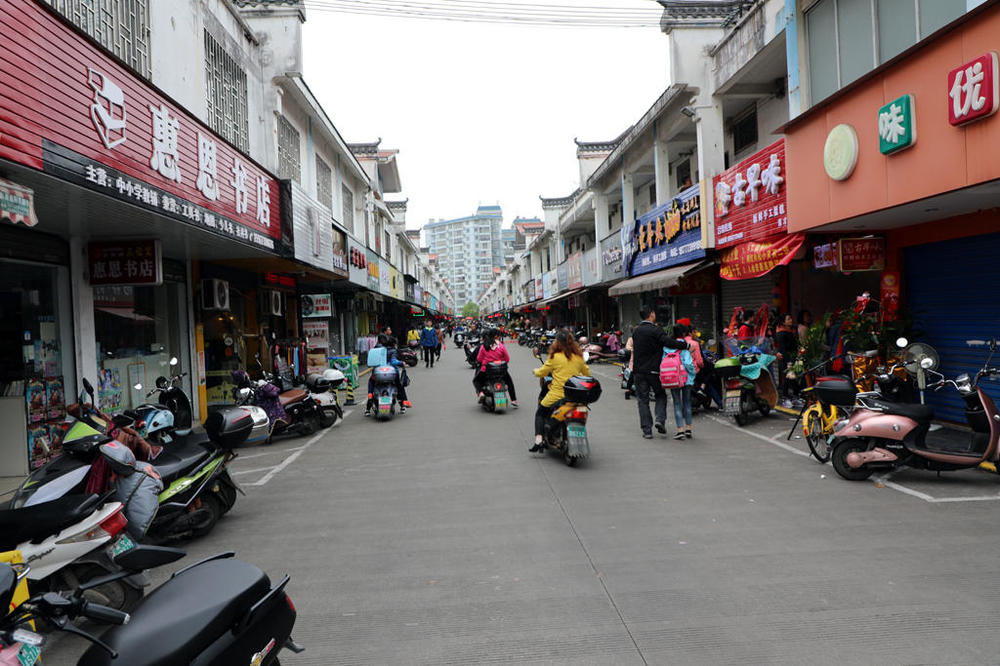
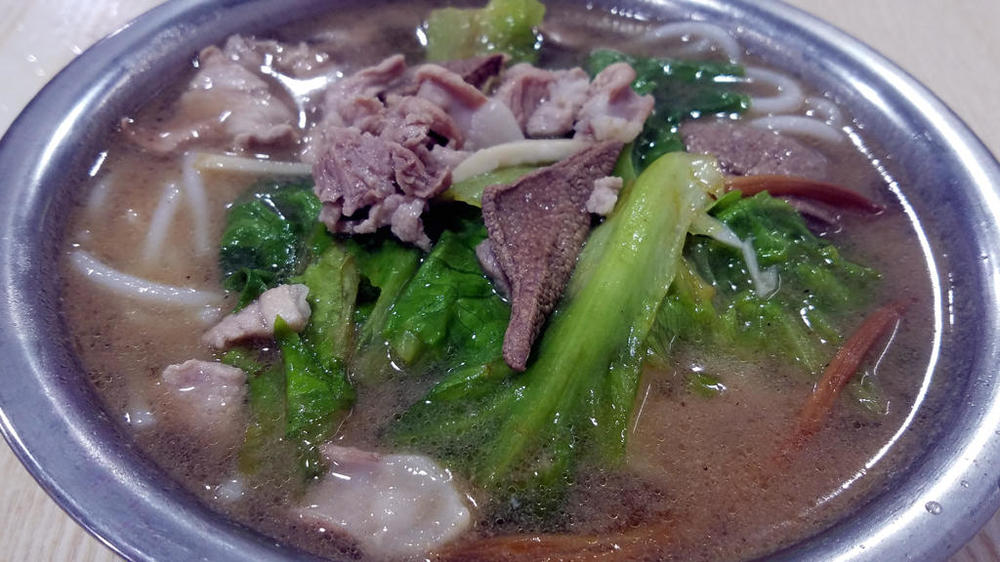
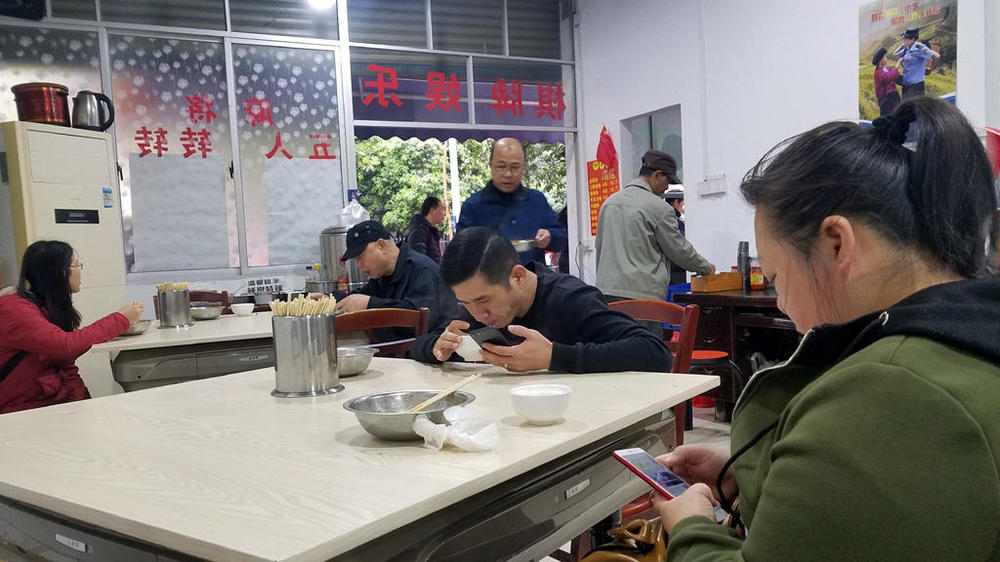
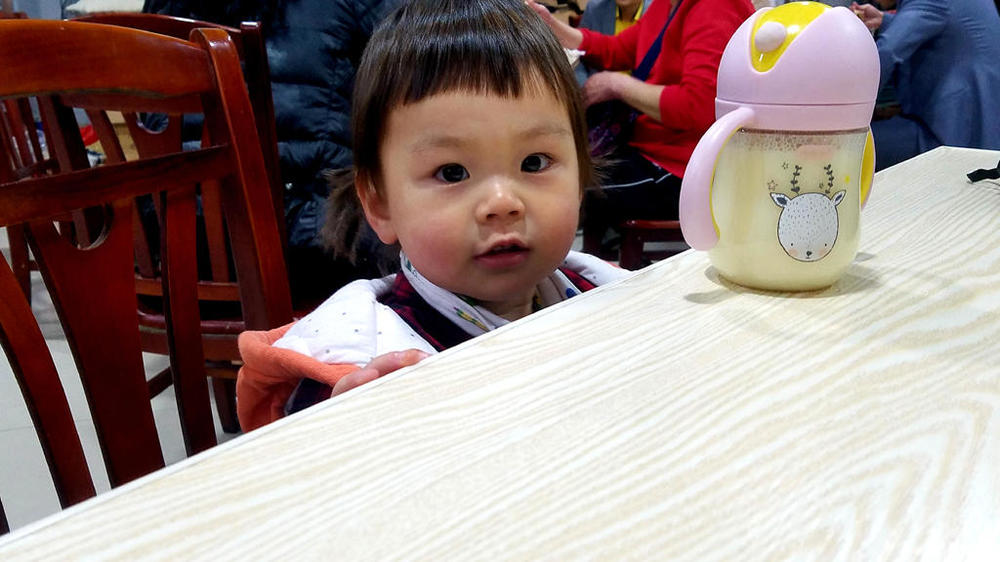
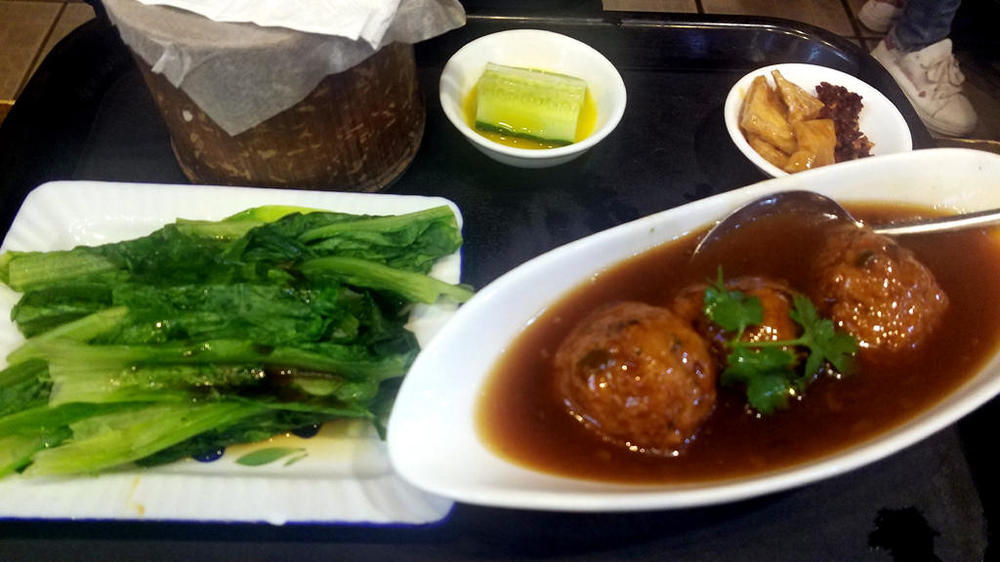
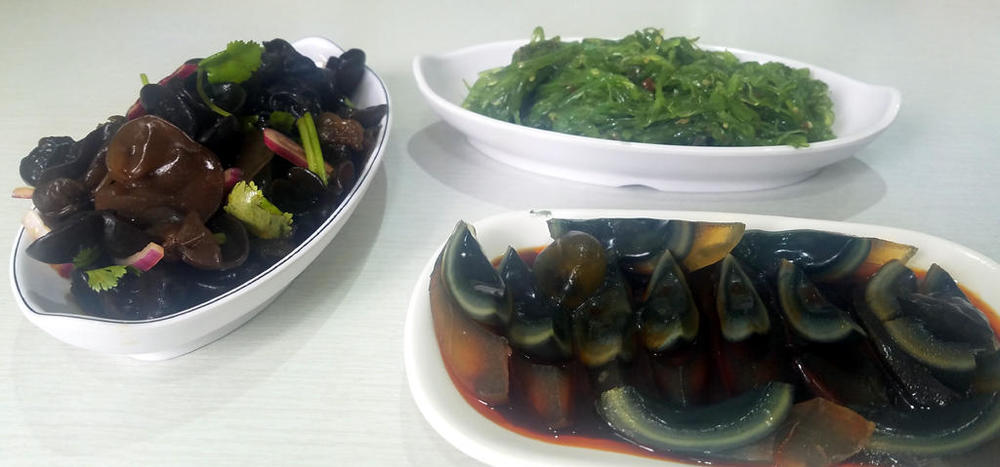
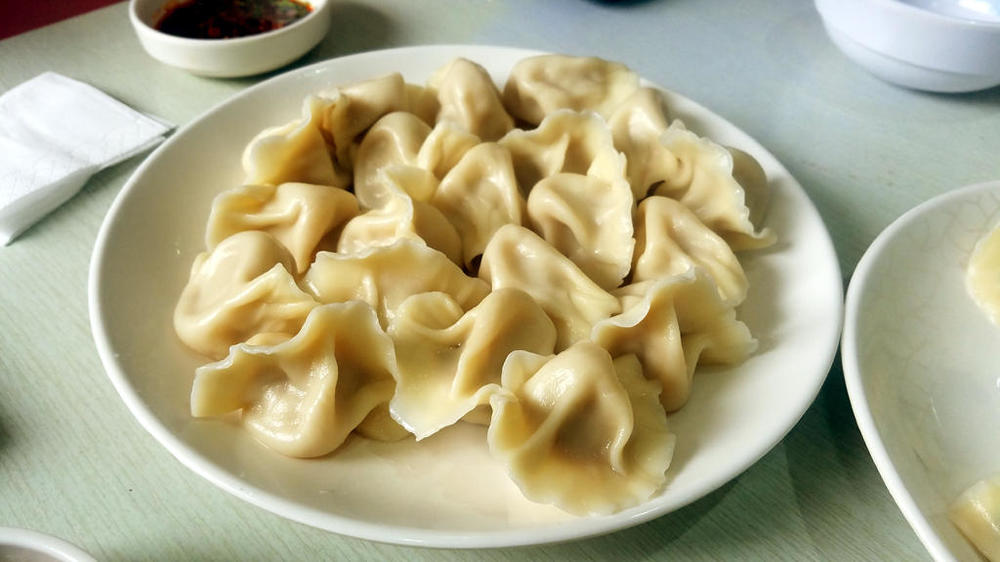
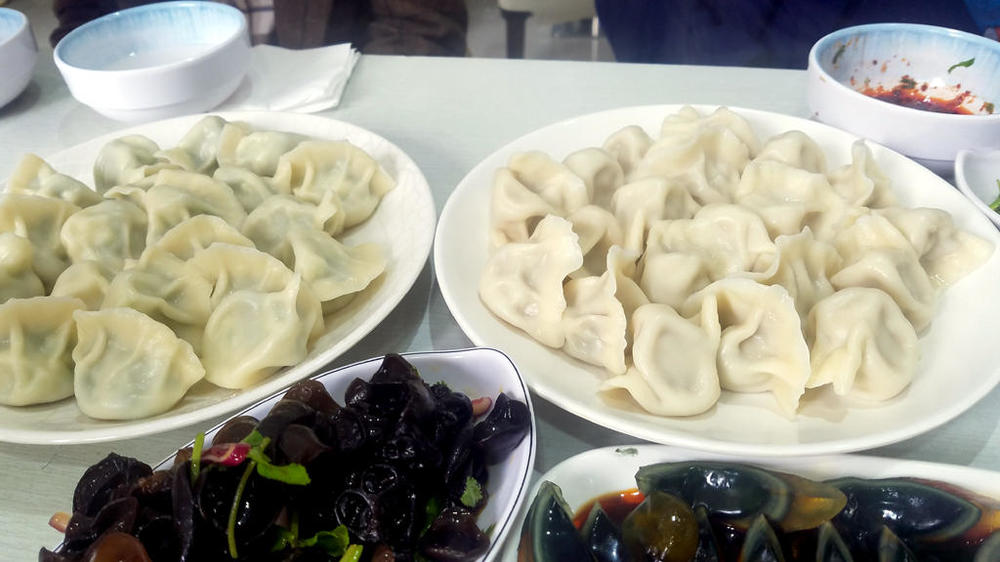
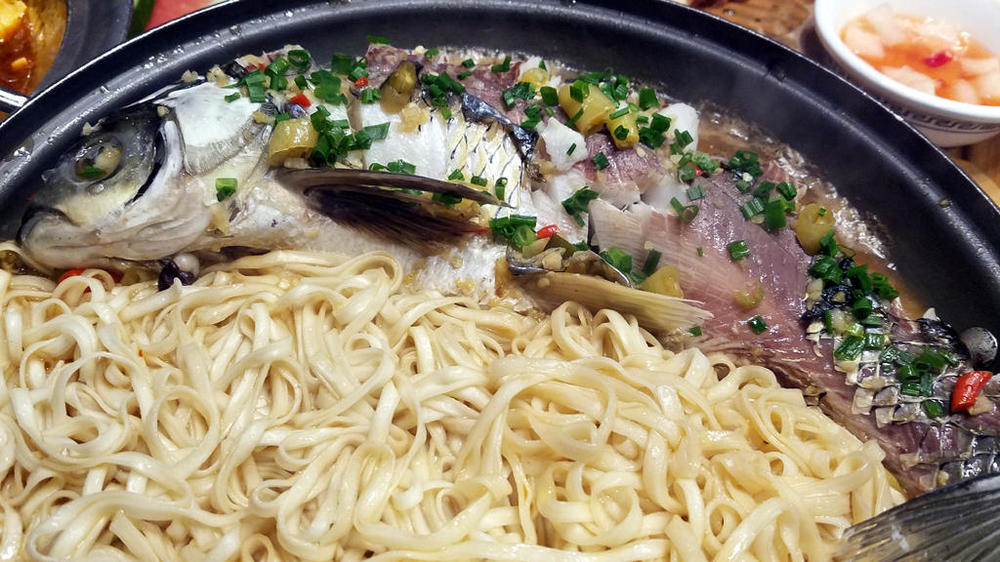
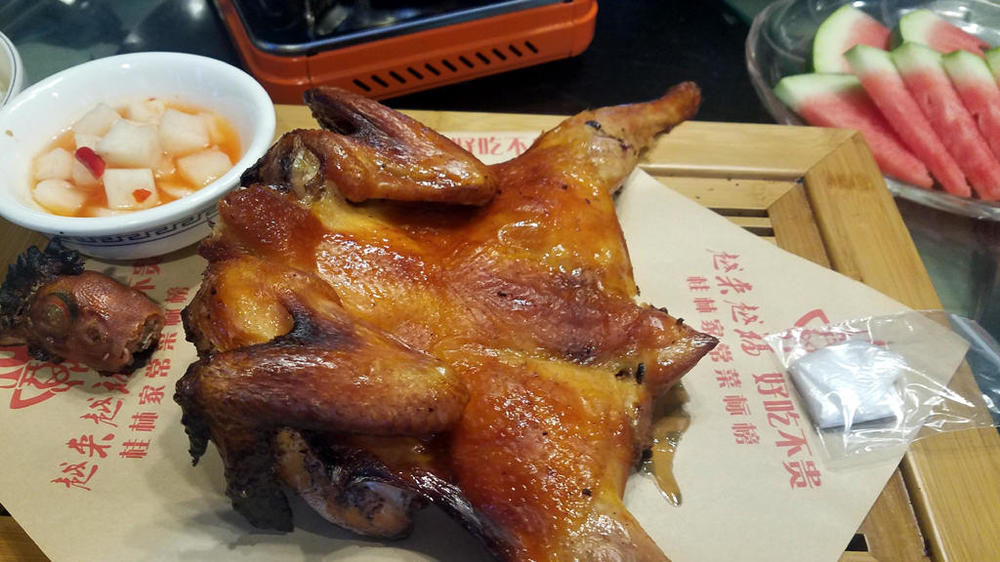
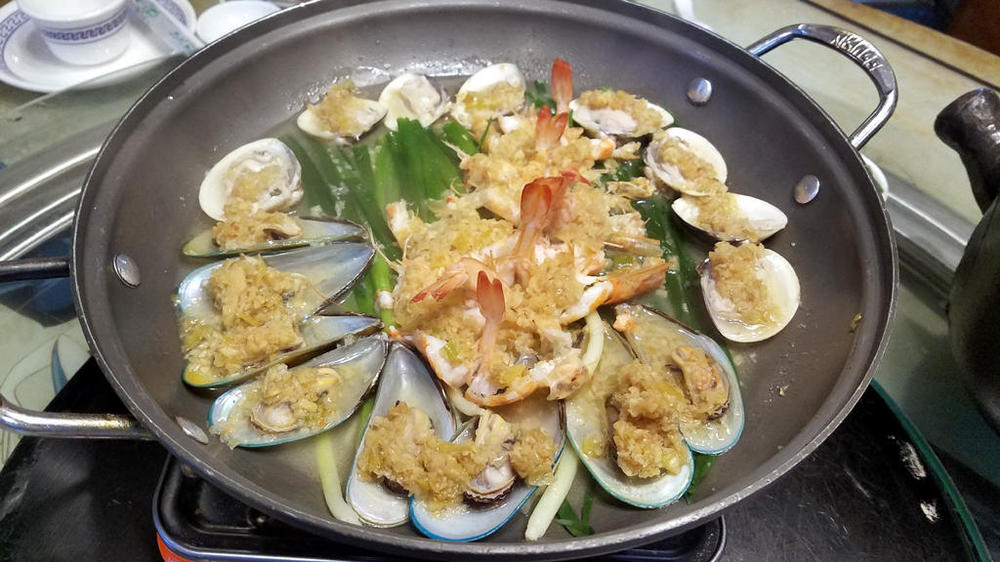
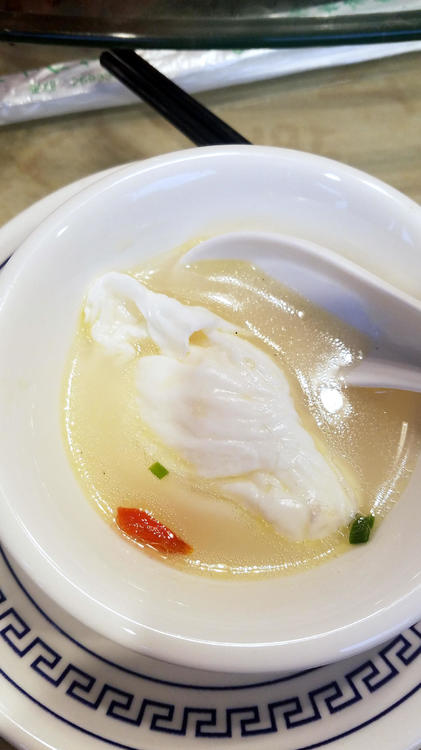
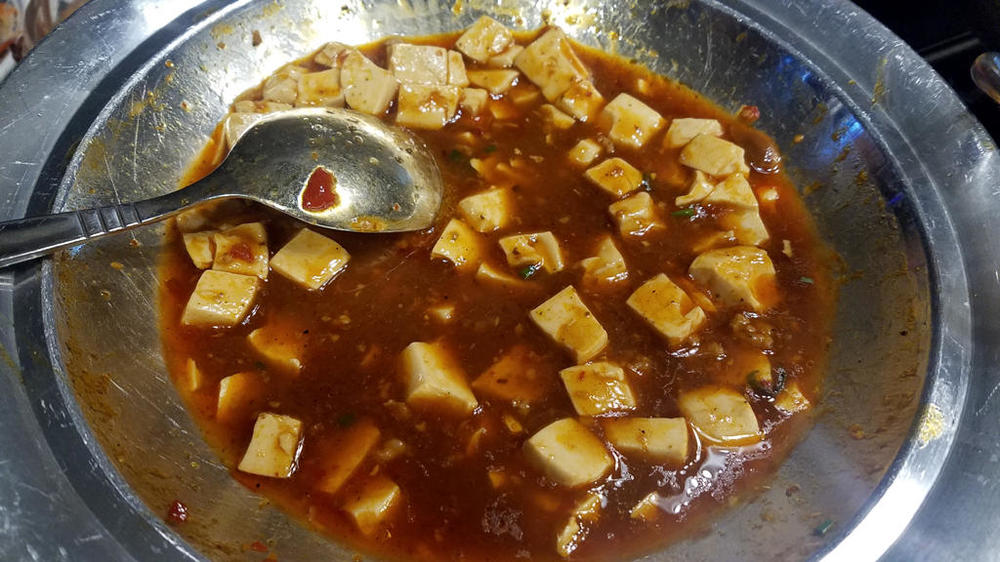
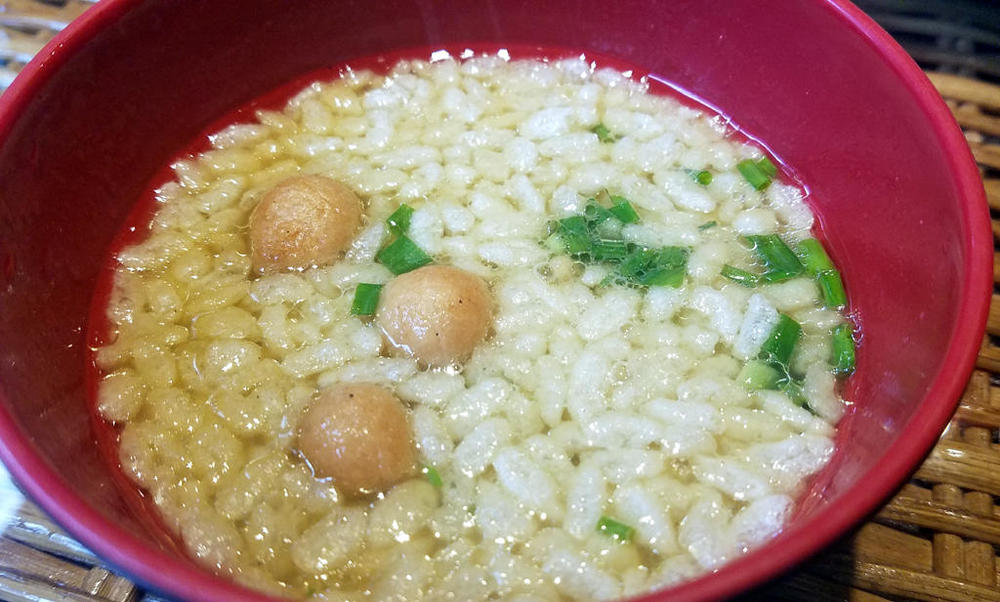
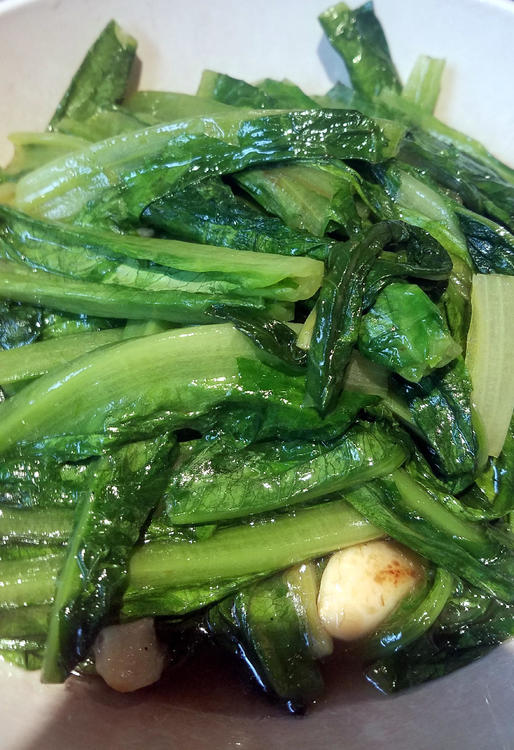

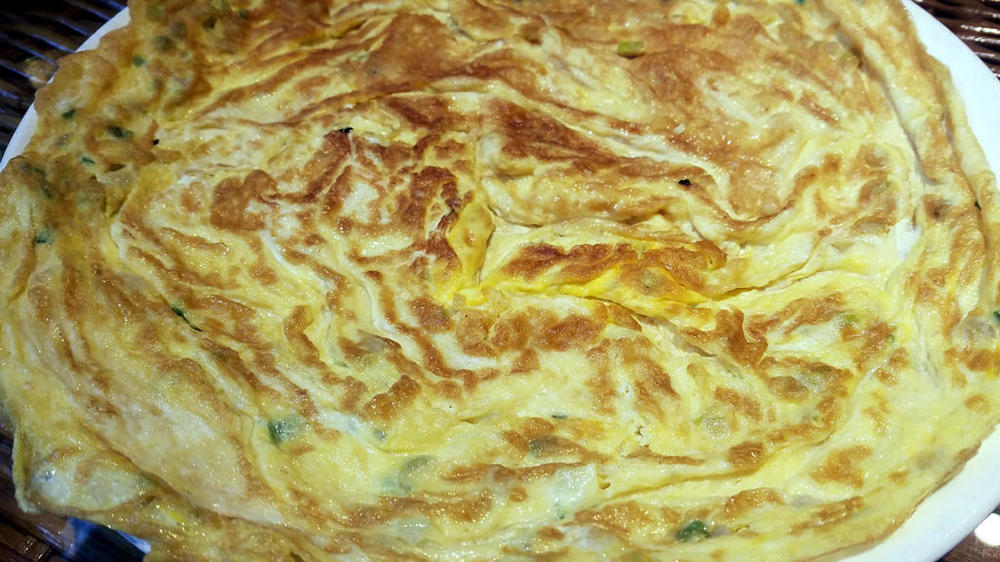
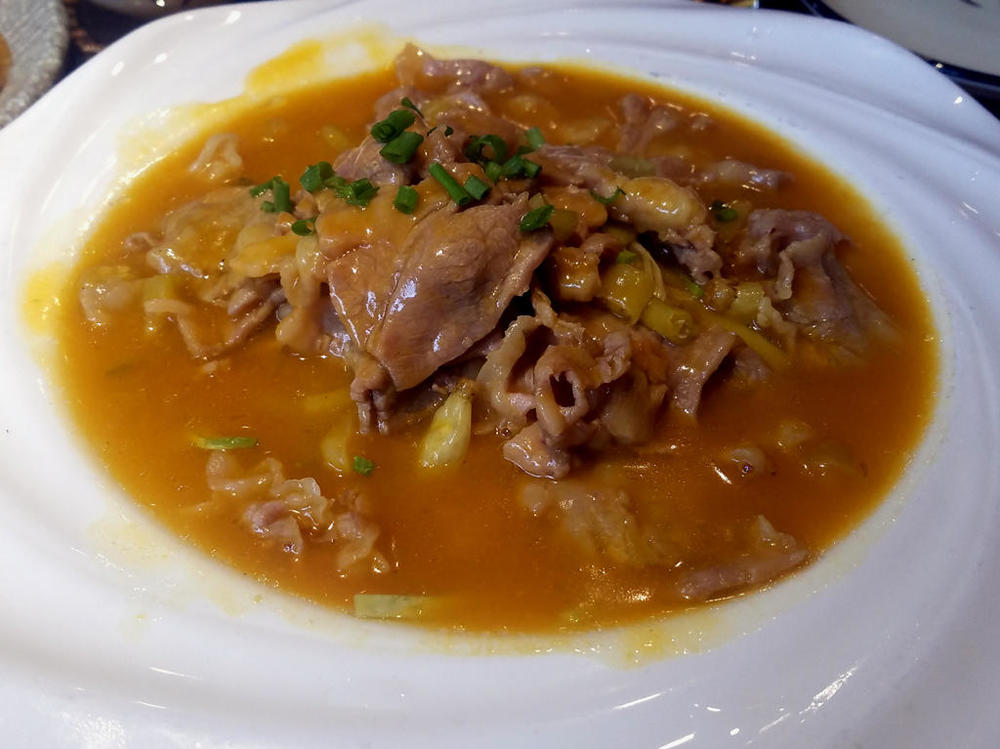
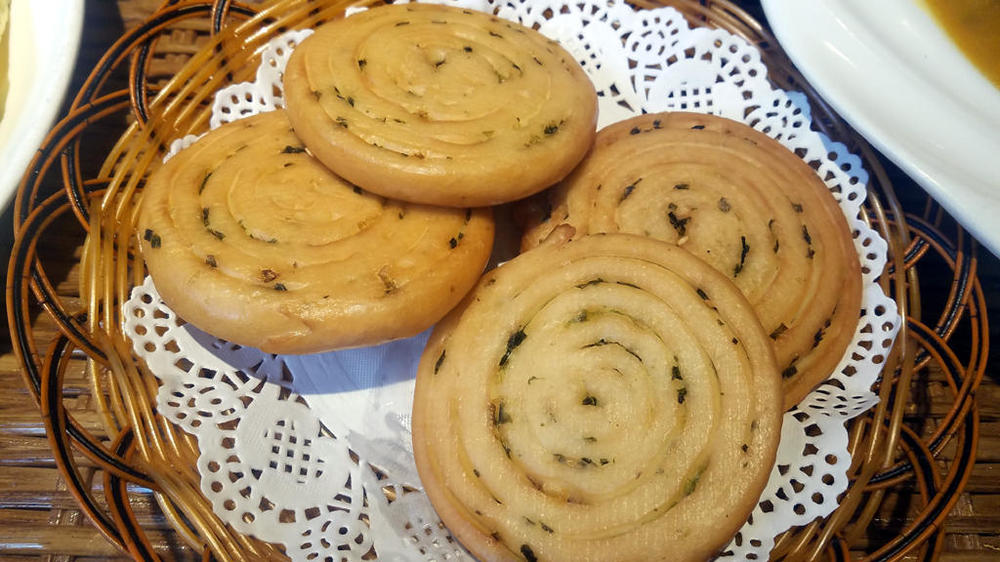
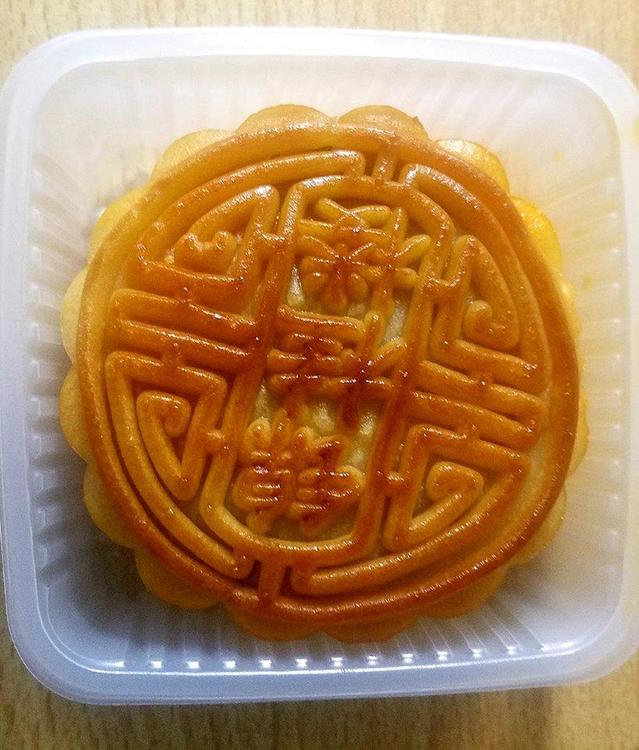
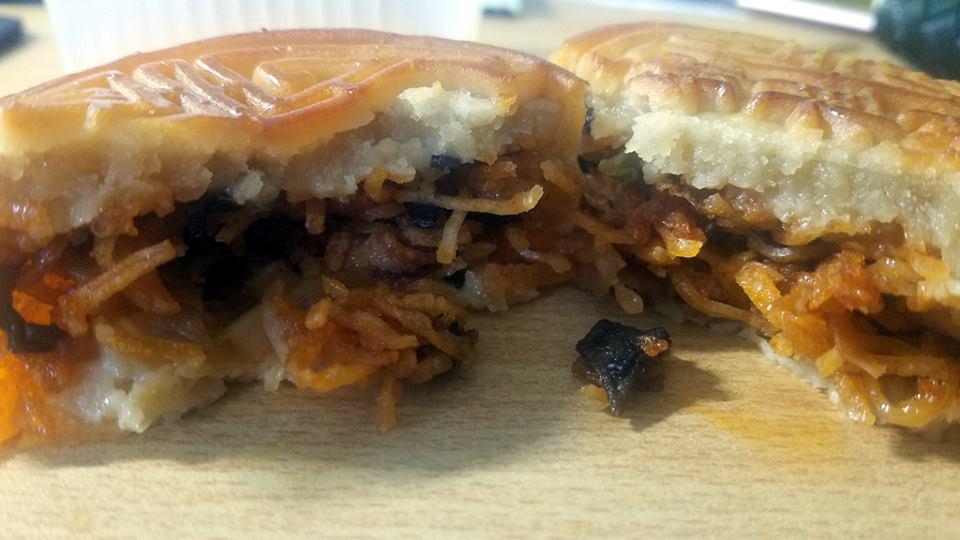
.thumb.jpg.0d2cb1a3c1b4b648df0db8d57347314f.jpg)
.thumb.jpg.3ea9f320b866254ea04d6c49038b56d7.jpg)
.thumb.jpg.c48257a040c8ee686c670522e2797a3f.jpg)
.thumb.jpg.9592643592097ef09cd184ef2801f279.jpg)
.thumb.jpg.39e823f1d8ca4e24fcaf8f1965122b70.jpg)
.thumb.jpg.545562a8db3868837b8f9525c06bed68.jpg)
.thumb.jpg.8de66139a8a749b86a2c4557e19036bf.jpg)


